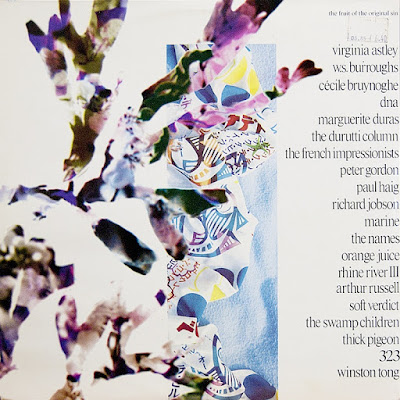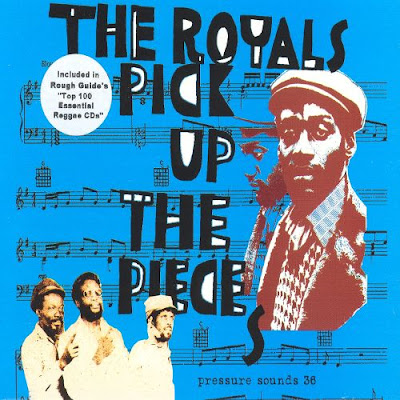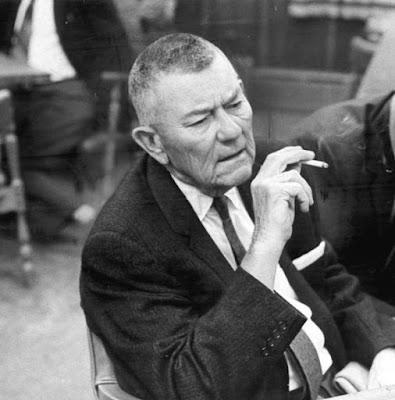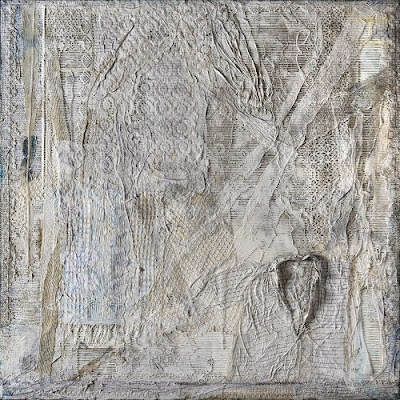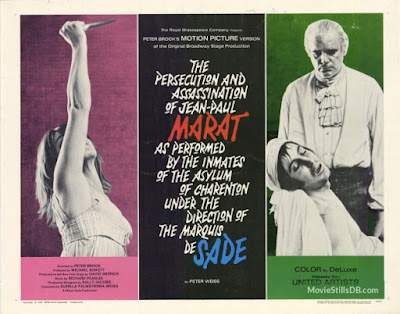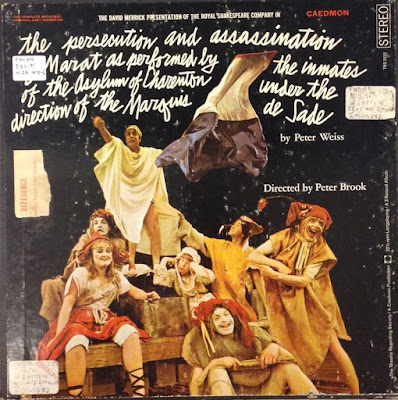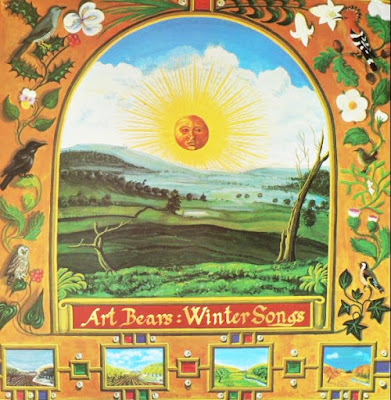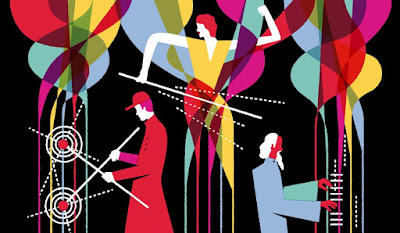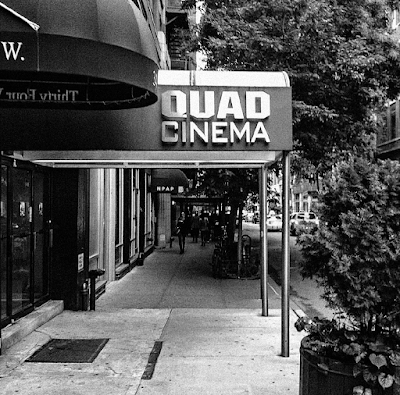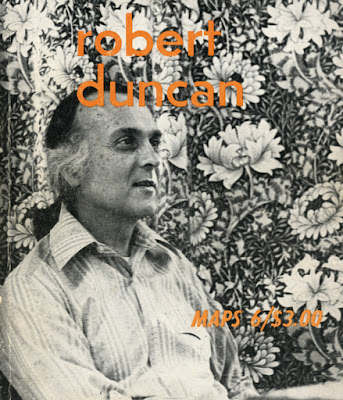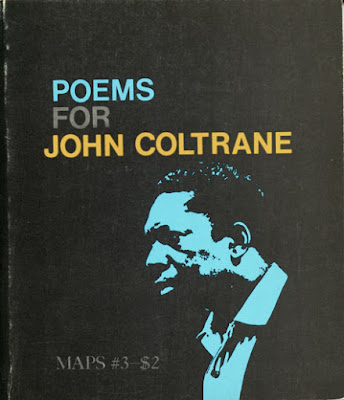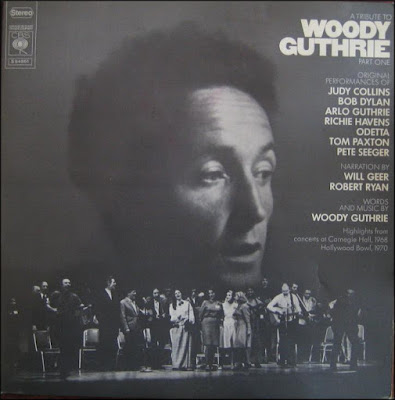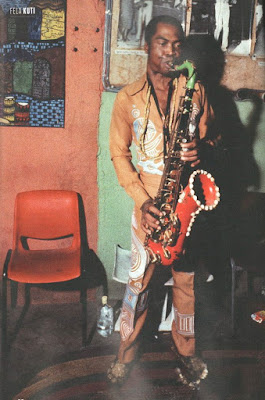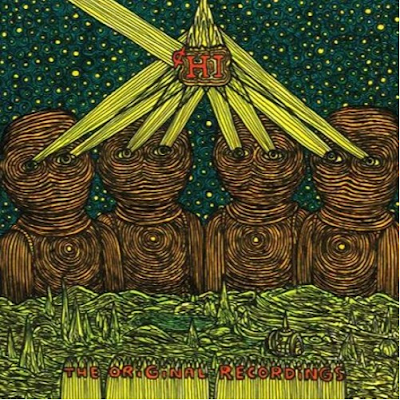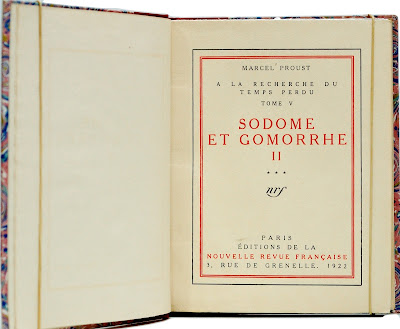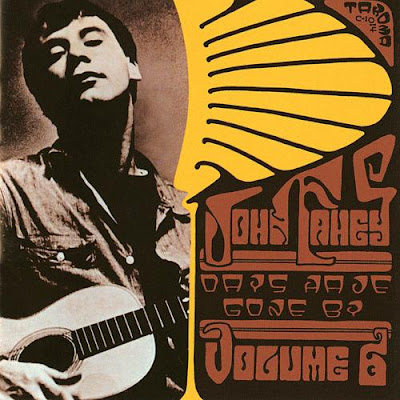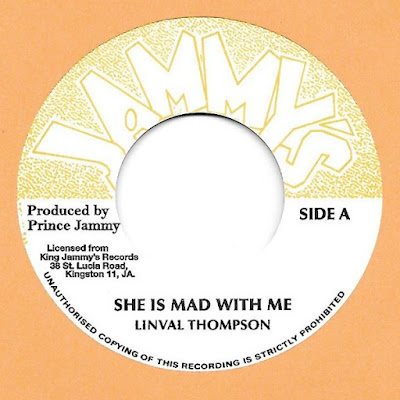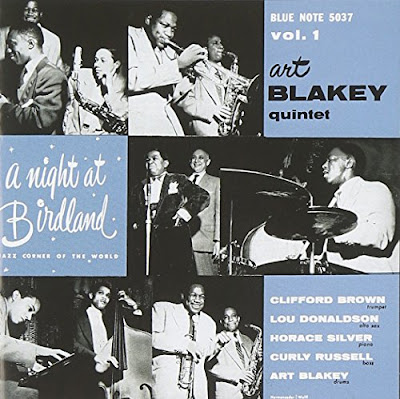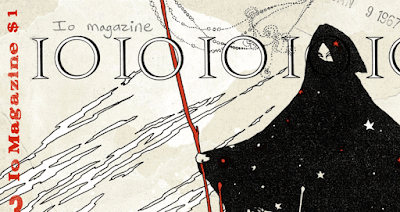
"The second compilation released by the Belgian label Crepescule in the early '80s, and easily the most ambitious of its earliest such efforts, The Fruit of the Original Sin at the time acted as a sprawling catchall that drew together many different strands of what could be called post-punk and art rock from all over Europe and North America. From a distance, it's even more of an astonishing effort, thanks not only to the many bands and performers who appeared and later established strong reputations worldwide, but the sheer, surprising range of who appeared. ... Thorough liner notes and a reproduction of the original inside sleeves complete another solid LTM reissue."
allmusic
Les Disques du Crépuscule: The Fruit Of The Original Sin
DO LOOK BACK: LES DISQUES DU CREPUSCULE
Discogs
amazon
YouTube: The Fruit of the Original Sin · Peter Gordon, The Durutti Column - Party, Marine - Animal in My Head, Soft Verdict - Multiple 12, Paul Haig - Mad Horses, 323 - Affectionate Silence, Thick Pigeon - Sudan (Acoustic), Marguerite Duras - Interview
